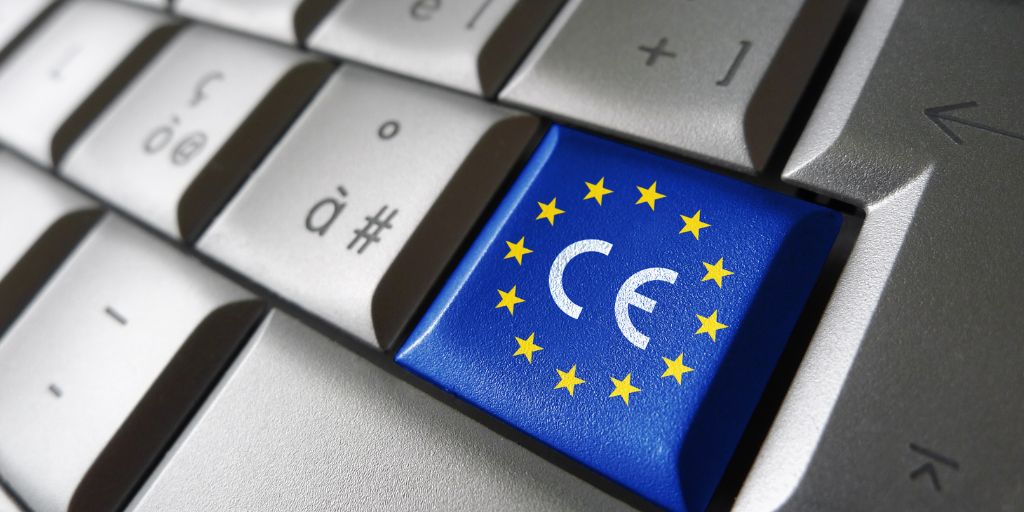
How to ensure your Dynamic Pricing strategy complies with the Omnibus Directive
01/15/2024 - Dynamic pricing
The so-called Omnibus Directive is a European Union regulation designed to strengthen protection for online shoppers. This regulation obliges European online retailers to comply with a series of transparency measures so that users can access accurate and comprehensive information before purchasing a product. As part of the New Deal for EU Consumers initiative, this decree directly affects eCommerce dynamic pricing strategies and how retailers communicate price changes. But this doesn’t mean you’re left high and dry when defining a successful dynamic pricing strategy. We explain more below.
What is the Omnibus Directive?
The EU regulation, which came into force in 2020, seeks to prevent aggressive or misleading marketing or sales practices that cause consumers to make decisions based on unreliable information. The directive applies whether your company is based and operates in the European Union, or sells goods, services, or content online to European consumers, even if registered elsewhere in the world for tax purposes.
Transparent Dynamic Pricing: Omnibus Pricing
In terms of pricing, the omnibus directive states that:
- When advertising an offer or discount campaign, you must display the product’s original price, which must remain stable for at least the prior 30 days. This initial price must always be visible while the offer remains valid. Consumers should be able to clearly see the original price, the percentage discount, and the price cut amount in euros.
- The product page should show any automated deal available to specific buyer profiles, for example, offers based on recent purchase history, as seen in Amazon’s recommended product carousel. You must also show the original price and the percentage and amount of discount.
- Any automated price change made by pricing software must be disclosed, whether due to seasonality or other factors affecting pricing.
These practices mainly aim to avoid price manipulations and fake discount campaigns with irresistible calls to action but lacking any real price reductions. The directive also aims to help prevent price wars between eCommerce with never-ending discounts, which undermine users and online retail in general.
To comply with this regulation, we must strive for Omnibus Pricing - transparent and consistent pricing - in which consumers are party to the price history.
The only exceptions to the regulations set out by the Omnibus Directive would be discounts on groceries, and loyalty offers aimed at a limited number of people who meet specific criteria, such as discount codes sent via mailouts.

Changes required to adapt to the Omnibus Directive
You can continue using automated pricing tools with machine learning and automated repricing and still comply with this European directive. These tools will help you improve your profitability and competitiveness. However, you will need to incorporate new valuable information for users in your eCommerce. Options include:
- Create and install an internal price comparator, which displays the price variations of your products.
- Grant users access to a comprehensive price history.
- Make the Omnibus Price stand out on the product website, more than the current selling price.
Ultimately, in addition to complying with regulations, these practices will make you more transparent in users’ eyes and boost your brand image. You can incorporate these suggestions into your advanced pricing rules to configure your repricing tool to boost price optimization and achieve higher profits.
Category: Dynamic pricing
